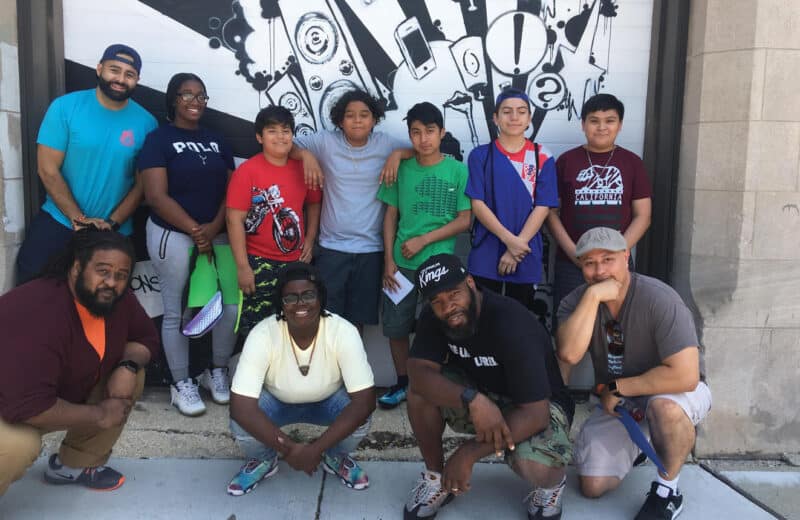Sometime back in 2010, a good friend of mine from college who had since become a pediatrician posted a complaint on Facebook about “made up” health conditions. “Fibromyalgia, I’m looking at you,” she wrote. At this time, pain was more of an occasional visitor in my body rather than the permanent tenant it has since become. Still, I was offended on behalf of those patients with the disease.
Fast-forward to today and my life is all about pacing. This is because everything I do — cook, sleep, work, walk — takes time. This gradual approach to every aspect of my life is not about enlightenment or mindfulness. It is about pain. Or more specifically, trying to evade or minimize it. To minimize is key because I’ve learned it can’t be avoided, at least not entirely, no matter my effort.
For me, fibromyalgia became a default diagnosis — a catch-all phrase the doctors slapped on me to encompass all the aches and health complaints that had begun to persistently plague me. I received this diagnosis even as imaging showed degenerative changes and other damage in my spine and hips, even as endometriosis was confirmed to be spreading like strands of spider web inside my abdomen, wrapping its tendrils around my organs with the insidiousness of an invasive plant. When the pain reached the point of making it impossible to work more than on a very part-time basis most weeks, I began to inquire about disability. But my doctors — the same ones who diagnosed me, treated me, and viewed my MRI results — all shook their heads and refused to sign off on any paperwork.
“You don’t seem sick,” they said.
This was the same line I was offered in college after extreme intestinal distress caused me to lose more than 20 pounds in a single semester. But the school nutritionist thought I just wasn’t eating enough bananas. “You have such shiny, healthy-looking hair,” she explained, pinching a lock of it between her fingers as though I were a doll on display. “People who are really sick don’t have hair like yours.”
A colonoscopy showed nothing visibly wrong, so the doctor diagnosed me with irritable bowel syndrome and treated me as though I was a hopeless neurotic. “Stop being so stressed and eat your greens,” he scolded. Two years later, a laparoscopic surgery would show widespread endometriosis, a large portion of it choking my colon. Its removal eased my GI complications considerably. But by then I learned the hard lesson that doctors often erred on the side of disbelief when they couldn’t see something plainly … or even when they could.
I have heard an extensive list of reasons why I can’t be in as much pain as I say despite my test results … and besides my shiny hair, like: I am too young; I have good teeth; I’m too thin to have back problems. Yet, these haven’t granted me immunity from illness, and they have not prevented pain.
Only recently has medical research started to catch on to what patients suffering from chronic pain have long known. As reported in a New York Times Well column written by Tara Parker-Pope in 2011, a study by the Institute of Medicine discovered that pain can endure long after the illness or injury that caused its initial onset has been treated or healed, until it eventually evolves, or devolves, into its own disease. That is, pain is no longer indicative of another prognosis — it is the prognosis, and a disabling one at that.
Specifically, under the strain of prolonged pain, nerves not only become super-sensitized to pain signals, but begin amplifying them. Once these changes occur, they can be extremely difficult to undo. Meanwhile, most medical students are woefully lacking in training in chronic pain, usually receiving only a few hours’ worth in their entire education. In fact, veterinarians receive more training on how to treat animals in pain than medical doctors do for their human patients. Unfortunately, without an adequate understanding of pain and its mechanisms, many medical practitioners are quick to downplay the experience of their patients as faking or exaggerating. What this translates into is denying a disability because it is invisible to the naked eye.
Wiser doctors needed
What would help me at this point would be to have practitioners who are not only more well-versed in chronic pain, but are willing to acknowledge its disabling impacts on their patients. In other words, doctors should start believing their patients when they say they are hurting. Validation is the first step toward a solution, or at the least, toward offering alternative adjustments and treatments that can accommodate a pain patient and bring them a better quality of life in the absence of a long-term cure.
(Laura Kiesel is a contributor to Harvard Health Publications.)
(C) 2017. PRESIDENT AND FELLOWS OF HARVARD COLLGE. ALL RIGHTS RESERVED. DISTRIBUTED BY TRIBUNE CONTENT AGENCY, LLC.












